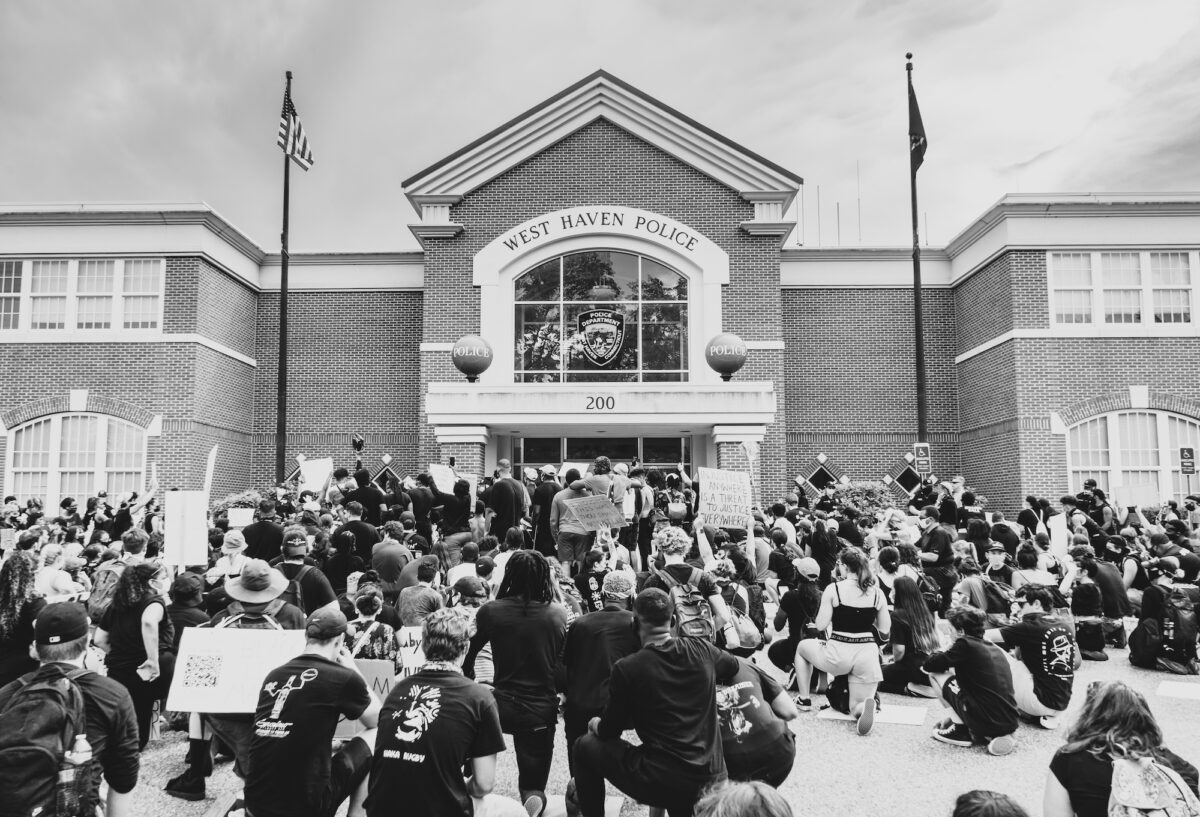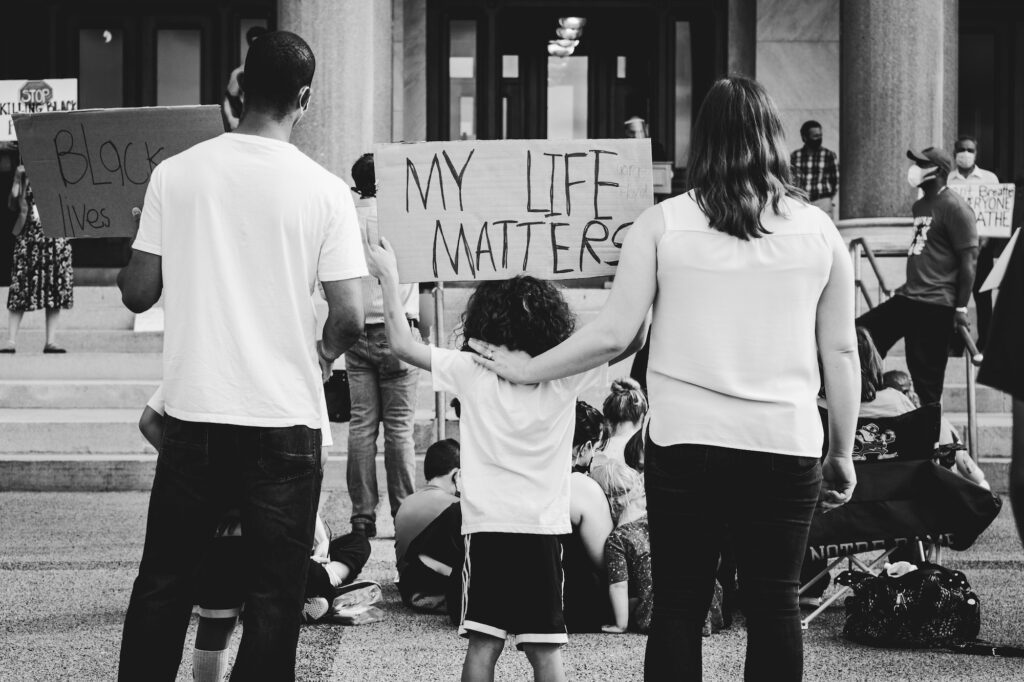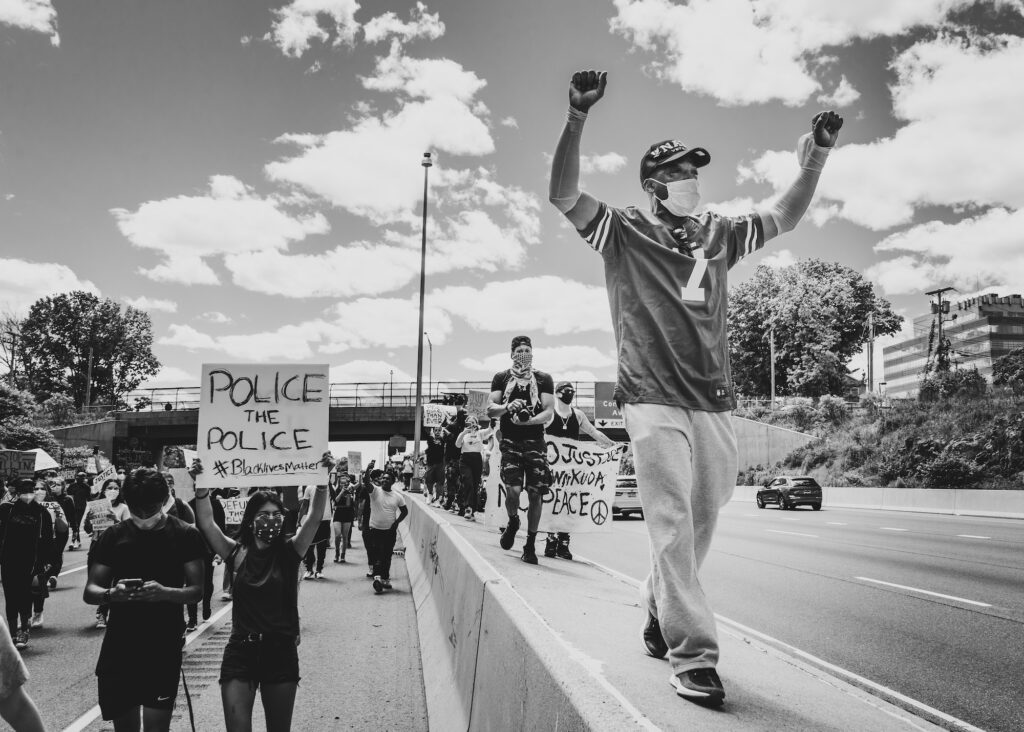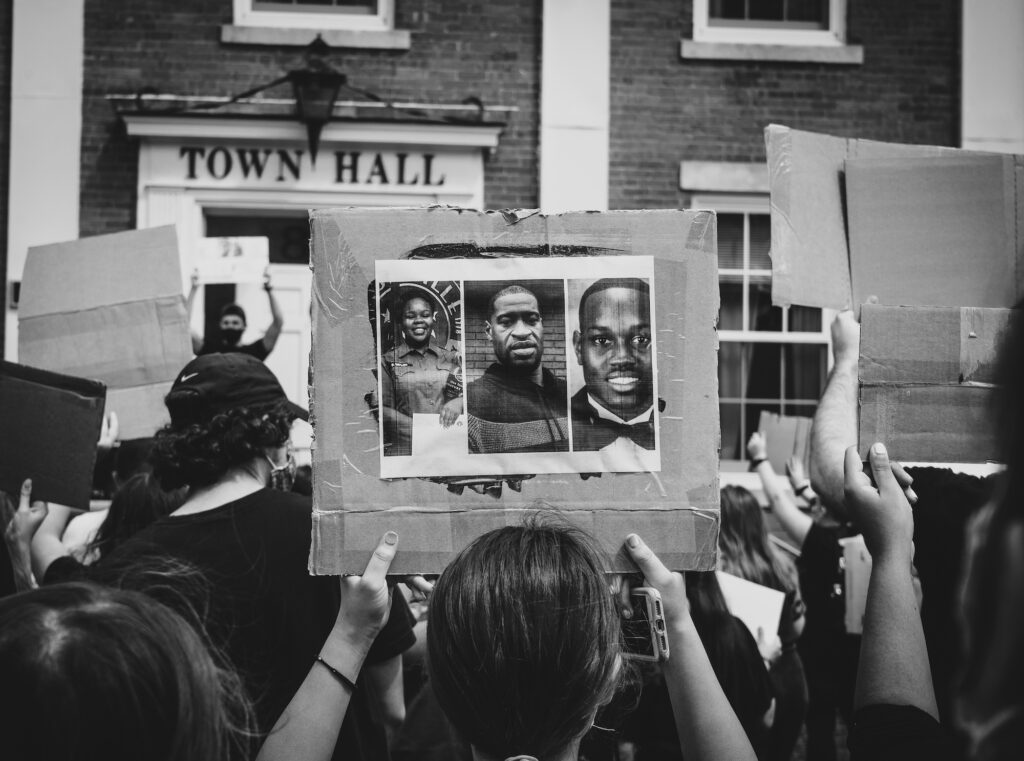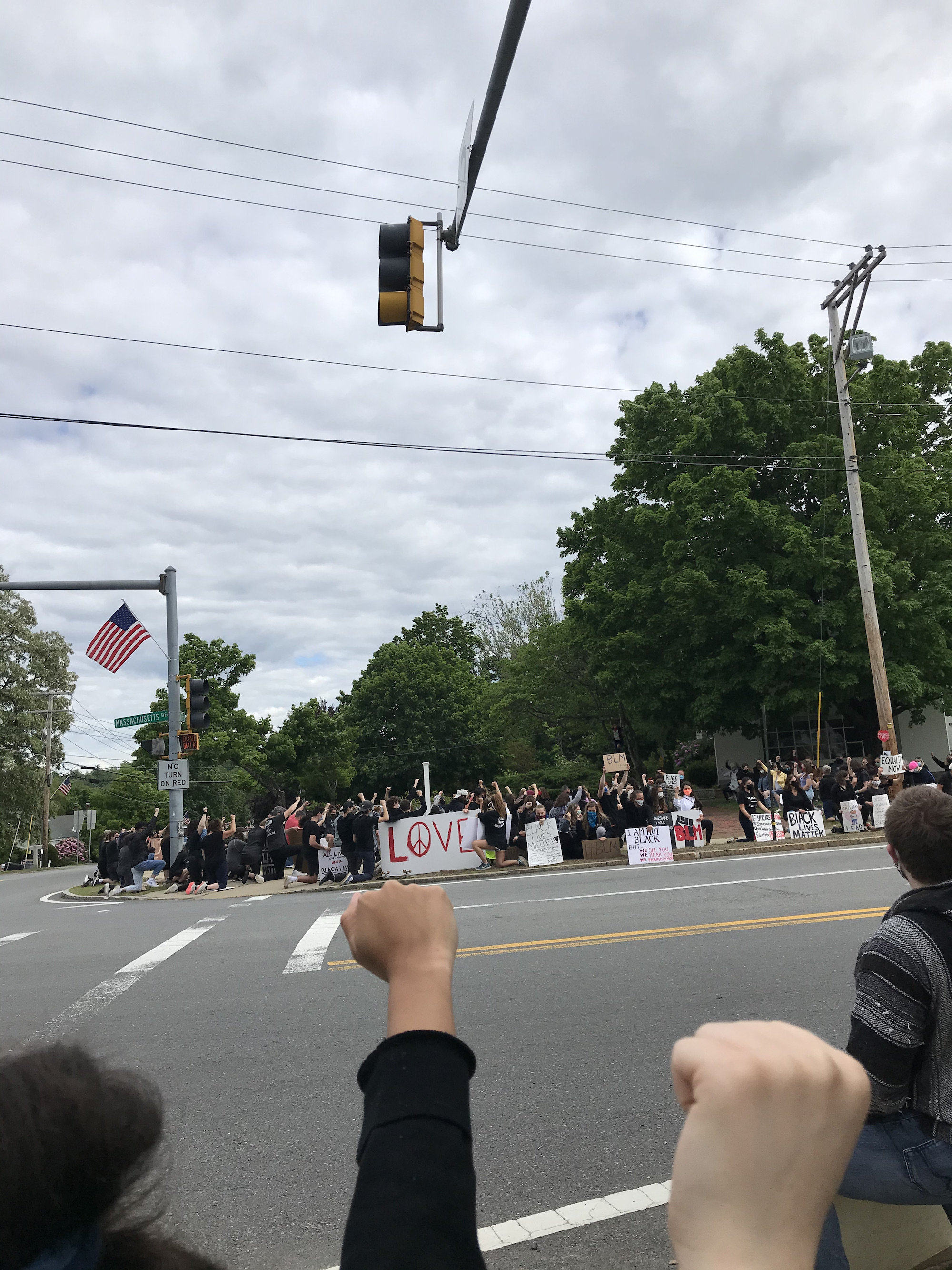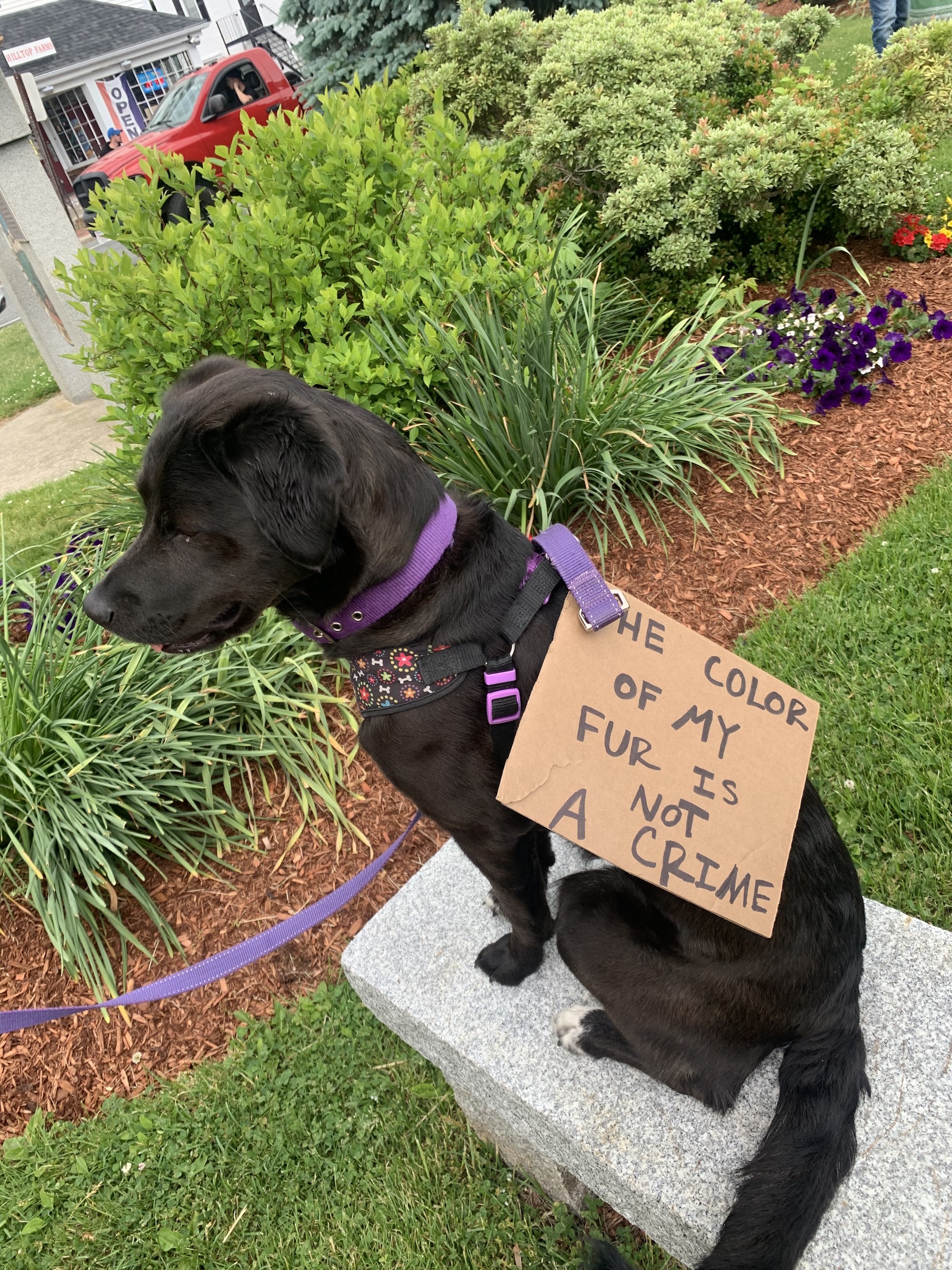The Black Lives Matter movement is one of the largest that the United States has ever seen. When George Floyd was killed on May 25 in Minneapolis, Minnesota, when a police officer kneeled on his neck for more than eight minutes. Videos of the incident went viral and the four police officers included in the murder were charged in his death.
The video triggered protests throughout America and remained a catalyst for change even as the country endured a pandemic that killed hundreds of thousands and a presidential election that widened political polarization.
But how exactly has the movement changed since this past summer, when roughly 20.5 million people took to the streets in protest of how this country treats its Black citizens? Through a presidential election and a global pandemic, the spotlight shifted from protests to other storylines. Still, the Black Lives Matter movement continues to push forward, even if it’s with a little less flair.
OVER THE SUMMER
Like nearly 550 other American cities and towns, New Haven experienced Black Lives Matter protests throughout the summer. The New York Times reported that an average of 140 protests occurred in the U.S. each day between May 26 and July 3.
New Haven protests included street art in the form of a BLM mural that was painted on Bassett Street. Kwadwo Adae, a visual artist and muralists and a resident of New Haven at the time, thoughtfully and uniquely crafted the piece to make its message stand loud and clear.

Whether in New Haven or further north in New England, protesters all shared similar sentiments that Floyd’s death represented a country stained with a horrendous history and an even less understandable present of racism and police brutality.
“Being a man of color, this movement matters a lot to me,” said Felix Jordan, a biracial, 22-year-old student and protestor from Lunenburg, Massachusetts. “Not only because I am a man of color, but this should matter to a lot of people. For as long as time we have been fighting for racial equality in this country, and in order to one day accomplish that goal it’s going to take every voice, every body.”
One of the biggest factors in the movement’s ability to gain momentum was social media. As protests around the country raged, people took to social media to share their experiences on the streets. The Instagram post below from June 1 shows the ways in which some people utilized social media to give the movement a louder voice, while others explain why social media played a role in their protests.
“I’ve started to post more on social media,” Jordan said. “By doing that I’m trying to get more publicity for the movement because like I said every voice matters.”
At their peak, the protests over the summer garnered responses from plenty of prominent figures. One of those figures was President Donald Trump, who threatened military violence against peaceful protesters, garnering more headlines and outrage. Members of the media were pepper sprayed and forcibly, wrongfully removed from areas they were permitted to be.
WHAT WAS ACCOMPLISHED
The protests over the summer essentially stoked the flame that is the conversation about the way that American law and law enforcement treat Black citizens. Through massive protests, constant publicity and a social media revolution, BLM protesters made it impossible not to notice them and what they stood for.
“I feel like the movement has progressed and seems to be attracting more support, if not more attention from the media,” said Riley Sanderson, a white, 21-year-old student and protestor from Lunenburg, Massachusetts. “I think that there is always room for improvement and ways to gather more traction, especially with social media now.”
The protests during the summer months served a pivotal role in revitalizing a movement and a cause that has been loudly begging its country for recognition since the 1950s and earlier. Because of the protests, Americans were unable to continue ignoring and failing to act on the issues that are so real for so many of their fellow citizens.
The surge of protests during the summer months over the murder and indescribable treatment caused to Floyd and other Black Americans, such as Breonna Taylor and Jacob Blake, reignited the passion of the civil rights protests led by Dr. Martin Luther King Jr. and others in the 1950s and 1960s. This time around, though, the movement and its demonstrations of support are unfolding on a much larger scale.
“The Black Lives Matter movement elevated what many have known for decades and have drawn attention to something that is vital to our solving the deep issues around poverty and equity and racism,” said Justin Elicker, Mayor of New Haven, a city that according to the U.S. Census is 32.6% Black.
While these protests didn’t create immediate change themselves, they did manage to inspire change, and a new urgency on these issues is starting to take shape today.
WHERE WE ARE NOW
The Black Lives Matter movement is triggering change at a rate that few could have imagined a years ago. It’s impact stretches beyond justice for Black Americans, as an outpouring of recognition and support for other marginalized groups of people in the U.S. has become more commonplace. Professional teams such as the NFL’s Washington franchise changed its racist Redskins name, while the MLB’s Cleveland franchise announced that it would change its name as well.
In New Haven, change is taking the form of reimagined public safety for all of its citizens.
“Within New Haven, our primary initiative is rethinking how we approach public safety,” Elicker said. “We are poised to begin a pilot program that we are calling a ‘mobile crisis response team,’ and that will have a team that will respond to some 911 calls that may not be appropriate for police officers to respond to.”
A New Haven police officer’s nature of work “involves responsibility for the protection of life and property, prevention of crime, general enforcement of laws and ordinances as well as providing traditional and non-traditional service to the community,” according to PoliceApp, a website that streamlines the application process for police and law enforcement jobs in the United States. “Work involves an element of danger and employees must be able to act without direct supervision and to exercise independent discretion,” the description continued.
“Typically what you see in today’s world is that police officers respond to incidents that aren’t directly related to their core responsibility,” Elicker said. “If there’s someone that is suffering from mental health issues, a drug overdose, an individual that’s experiencing homelessness — oftentimes today police officers respond to those incidents, where in reality a more successful outcome could occur when there’s someone that has specific expertise in the medical sector, social work, mental health. And so our goal is to have this crisis response team take over some of the 911 calls and respond without police to get a better outcome.”
Others like Carlos Sosa-Lombardo are all in on the new approach to emergency call response tactics. Sosa-Lombardo serves as the Project Fresh Start Director in New Haven, a project dedicated to decreasing the amount of criminals who become repeat offenders by providing job and housing opportunities. He believes that the New Haven Community Crisis Response Team (NH-CCRT) will prove to be more effective than the current system in place.
“For those in need, such as people experiencing homelessness or an individual experiencing a mental health emergency, current first responses do not facilitate access to the appropriate social services and support systems,” Sosa-Lombardo said. “The NH-CCRT will augment first responses available by deploying staff qualified to address crises related to homelessness, mental health, and substance use disorder.”
Dispatchers are being trained to identify emergency calls that merit a response from the NH-CCRT, and dispatchers may be able to consult the NH-CCRT on certain calls in the future. While the program is still starting up most responses will be made by both the New Haven Police Department or New Haven Fire Department, as well as the NH-CCRT. The transition is going smoothly so far, as all parties involved seem to be embracing this new way to handle certain situations more properly.
“Officers do not view this as losing responsibility,” Sosa-Lombardo said. “On the contrary, they welcome the NH-CCRT because they will have more time to fight crime instead of responding to … incidents such as crises related to homelessness, mental health and substance use.”
This type of reform is just one example of the fundamental change starting to take shape in New Haven and Connecticut. Elicker is also working on making changes in the realm of housing and wealth distribution to better help those who are suffering, especially those in the Black community.
“We’re also working on the regional level to have a case for statewide change around more access to affordable housing, a more equitable distribution of dollars in the state,” Elicker said. “(We want to) ensure that communities that are experiencing poverty have more of an ability to address those challenges.”
These actions, as a direct result of the protests over the summer, show the widening impact of the Black Lives Matter movement. It was those protests that inspired and fostered this new approach to the same issues.
“It always starts small,” said Bill Foster, a Middletown, Connecticut native and retired professor emeritus and comic book historian who specialized in black characters in comics. “The mass movement is the one that gets to the newspaper and gets on the air, but it’s really person to person. That’s where change starts.”
Elicker is now collaborating with other town officials in southern Connecticut with a desire to create solutions to inequality and improve the lives of Black residents who have been and still are the victims of racism on a regional level. The goal isn’t just to improve equality, equity and general well-being for Black citizens of his own municipality, but of the country as a whole. The best way Elicker can help ensure that gets done is to get to work on his own turf in New Haven.
“We are working with other municipalities to push the governor and the state legislature to allocate more funding to urban centers and pass legislation that will allow more development of affordable housing across the state,” said Elicker.
LOOKING AHEAD
As the march toward equality continues on, there’s a newfound sense of hope for the momentum and effectiveness of this latest push. This fight has been ongoing for generations, but there’s something about this latest evolution of the movement that feels different.
“It’s been remarkable how many people have come out and demonstrated their outrage about issues around police brutality, around systemic racism, and not only come out to advocate but their advocacy has led to profound changes in state law around police accountability,” Elicker said.
It’s not just that so many are speaking up, because the country has seen countless protesters in the past with little change to follow. This time, it truly seems that a more general desire for the right thing is finally present, and that could make all the difference.
“Everybody, for themselves, decides where their commitment, their support, their money, their time is gonna go, and it’s going to change what it used to be like,” Foster said. “As long as we’re about social responsibility, there’s a place for everybody in our society.”

